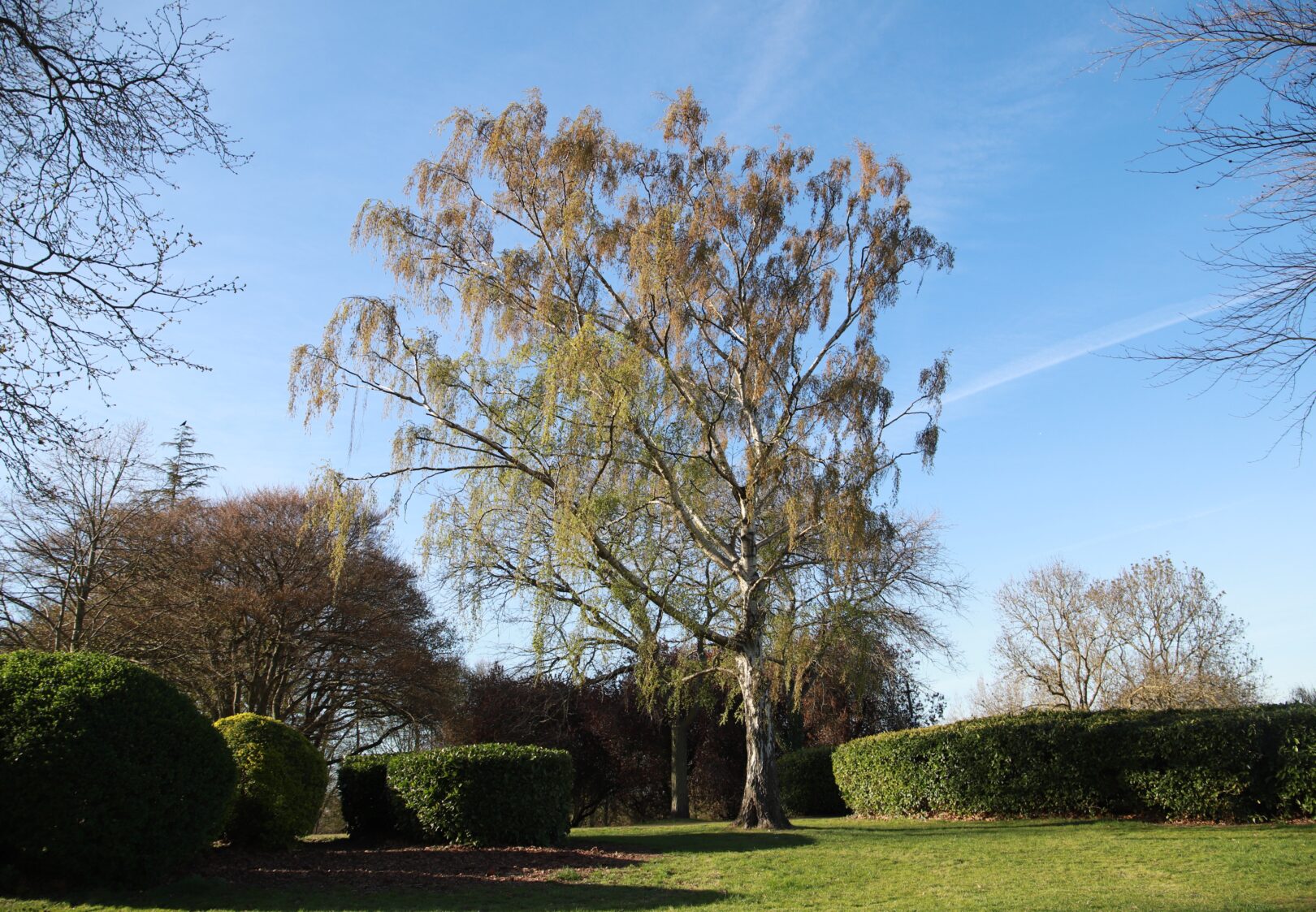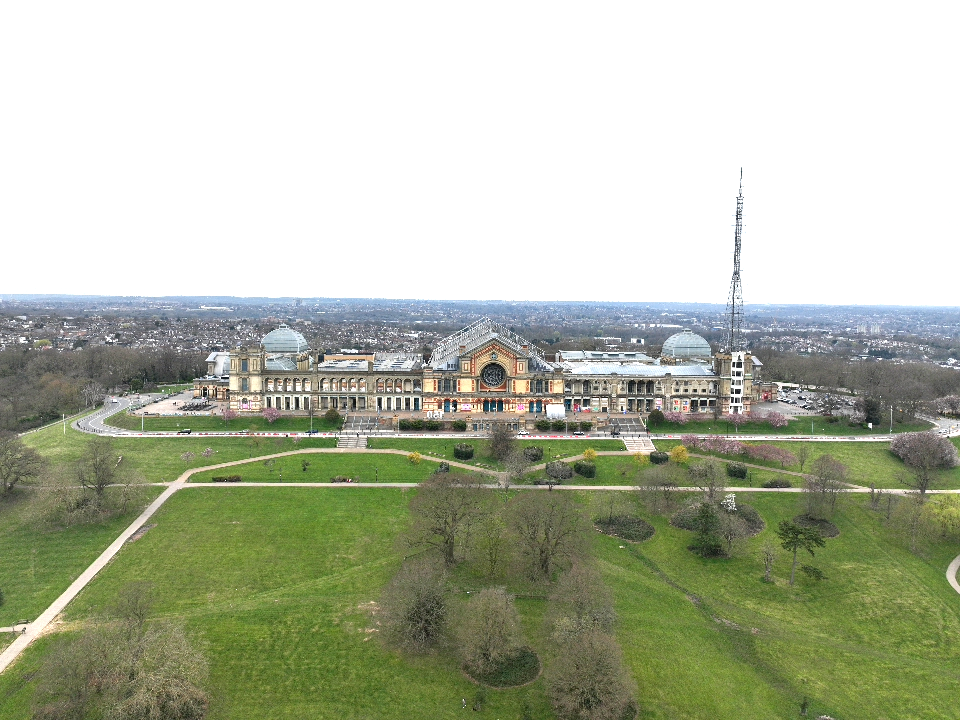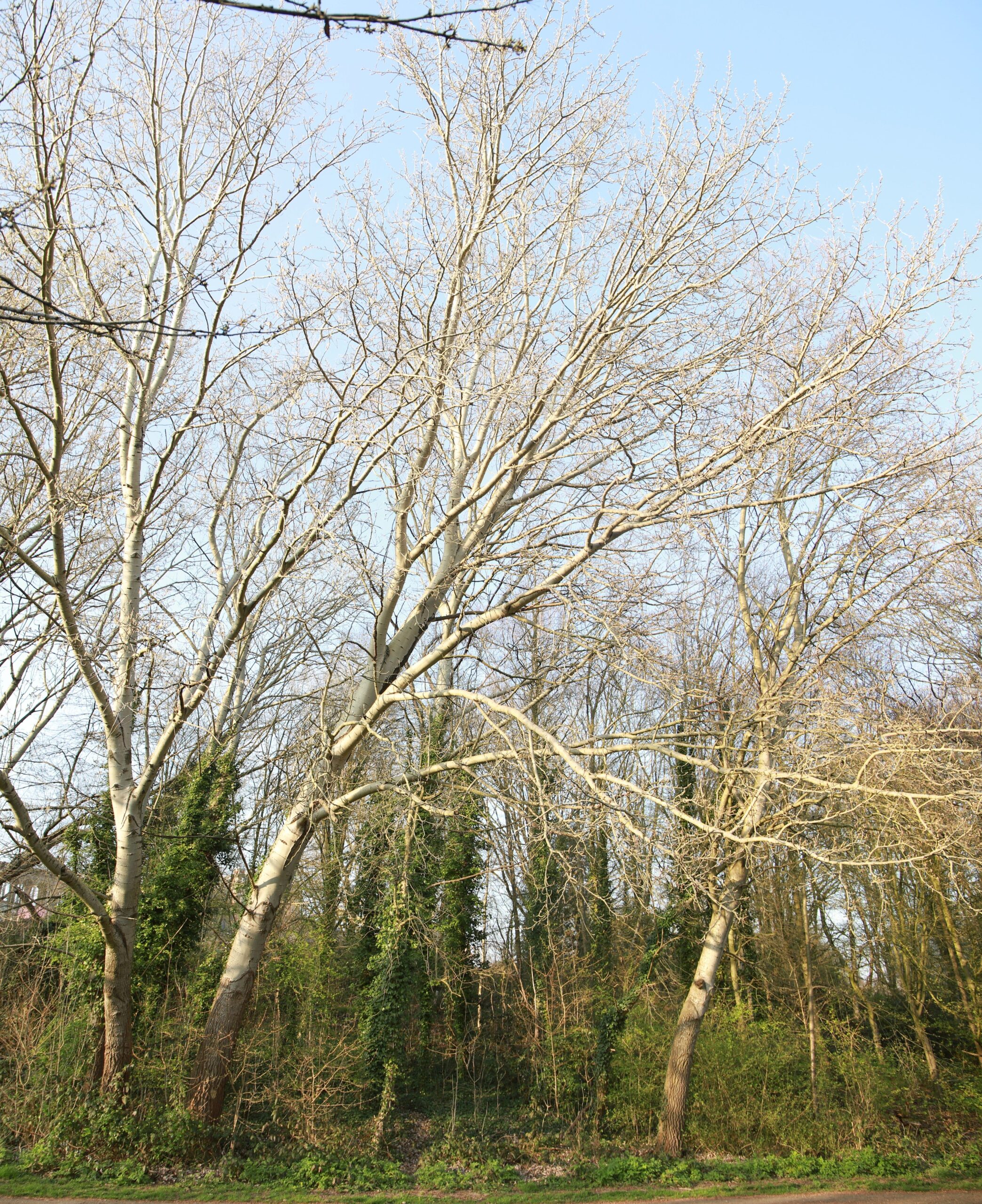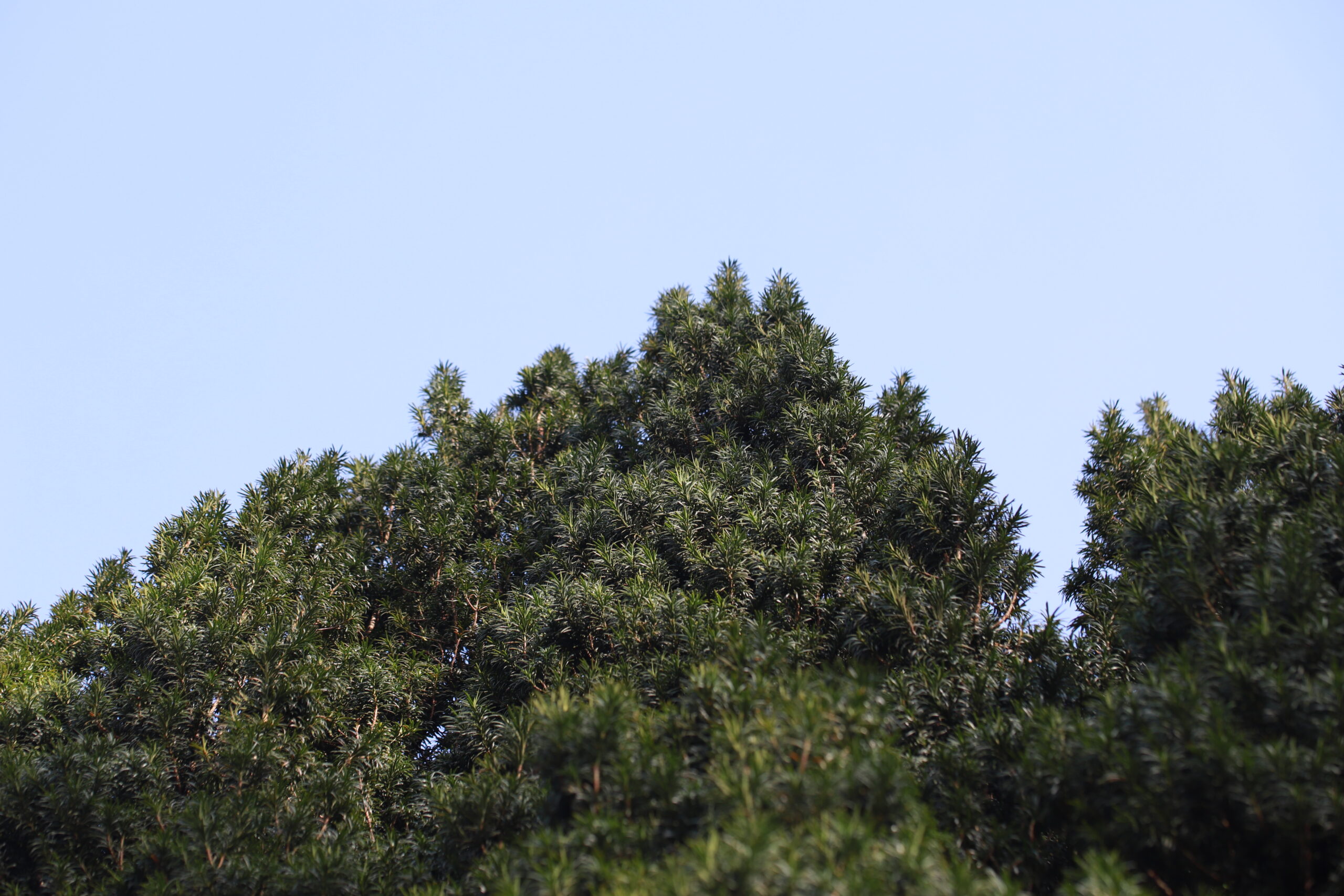There are more than 7,000 trees in Alexandra Park and our resident expert, Stephen Middleton from The Friends of Alexandra Park, is introducing us to some of this favourites.
Majestic and beautiful, this example of our native Silver Birch (Betula pendula) stands just to Alexandra Palace Way side of the top entrance to the Rose Garden. Our Tree of the Month is not just native to the UK, but ranges over most of Europe and well across into Asia.
Not a very fussy tree, it can grow high up mountains as well as in lowland areas, but doesn’t like too much shade. It is also a pioneer tree, being able to colonise newly available areas, but is short lived with 80 years being old for this tree.
The classic toadstool of fairy tales, the fly agaric with its red cap and white spots, is a partner to our tree of the month. It is a mycorrhizal fungus of this tree meaning that they swap resources. The silver birch provides the fungi with energy (sugars etc.) while the fungi provides the tree with nutrients absorbing them via its extensive network of fungi strands.
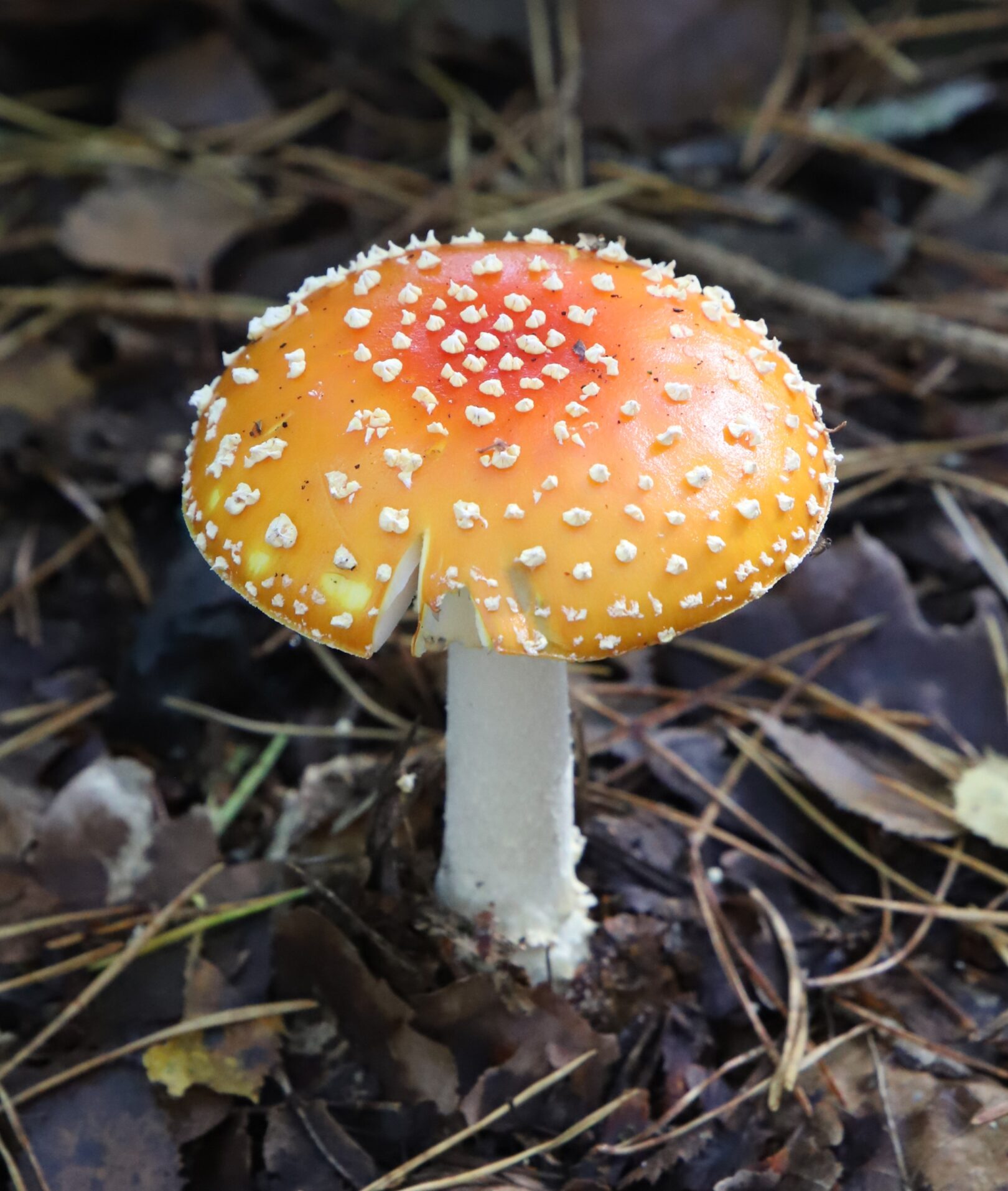
Immature male catkins can be seen on the tree over the winter, then come the spring they start to swell and open releasing pollen. At the same time the first leaves appear with their double serrated edges. The female catkins that appear around this time of year are shorter than the male counterparts and point upwards. They mature once pollinated and become thicker before spreading their winged seeds in the autumn.
The white bark is a key feature of this tree. As the tree matures the base of the tree becomes blacker with a lumpy bark. Silver birch bark can be processed in order to make birch oil which is used to make leather more water resistant giving it the name Russian leather.
This tree is quite closely related to another birch, the downy birch. Our tree of the month, however, has much more drooping branches which you might have guessed from its scientific name Betula pendula.
There are plenty of folklore connotations to this tree whose thin branches are used to make besom brooms. They were thought to purify the garden and birch sticks were believed to cure infertility in cattle.
There is a nice line of silver birches along “The Avenue” side of the Boating Lake. In the Blandford Hall area (woodland at the end of the steep slope down from the Rose Garden) there are many trees that have grown up since the Blandford Hall was burnt down in 1971.
